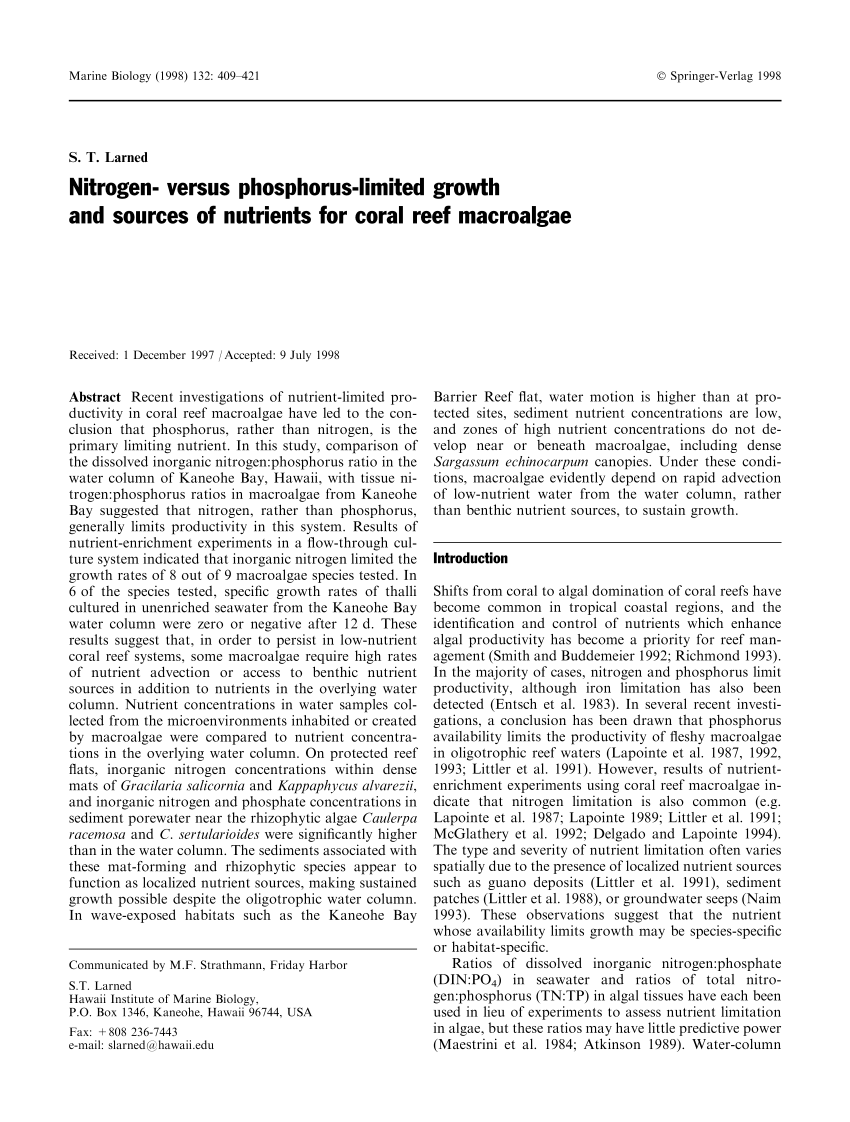- Joined
- Mar 2, 2019
- Messages
- 893
- Reaction score
- 1,262
One add on to the comment about duplicating natural conditions. This sometimes gets interpreted by reefers that they need to have concentrations of dissolved inorganic nutrients similar to what's observed on natural reefs. For nitrate and phosphate, that's very nearly zero (not actually zero, but well below what our typical hobbyist kits can measure).
The problem with trying to duplicate these conditions is that a reef is a lot like a rainforest; there's a very high concentration of nutrients in both a rainforest and on a reef, but those nutrients are contained within living things. If you were to measure soil nitrogen, phosphorus and potassium (NPK) in rain forest soil, you'd find that there's very little. Instead, there's an enormous amount of nutrients bound up in vegetation that gets rapidly recycled by fungi, allowing lush plant growth.
Similarly, on a reef there's very little in the way of dissolved inorganic nutrients, but an enormous amount of nutrients bound up in plankton that the corals make use of. We can't duplicate that in our reefs, so we generally aim for a much higher concentration of inorganic phosphate and nitrates that our corals can make use of.
The problem with trying to duplicate these conditions is that a reef is a lot like a rainforest; there's a very high concentration of nutrients in both a rainforest and on a reef, but those nutrients are contained within living things. If you were to measure soil nitrogen, phosphorus and potassium (NPK) in rain forest soil, you'd find that there's very little. Instead, there's an enormous amount of nutrients bound up in vegetation that gets rapidly recycled by fungi, allowing lush plant growth.
Similarly, on a reef there's very little in the way of dissolved inorganic nutrients, but an enormous amount of nutrients bound up in plankton that the corals make use of. We can't duplicate that in our reefs, so we generally aim for a much higher concentration of inorganic phosphate and nitrates that our corals can make use of.




















